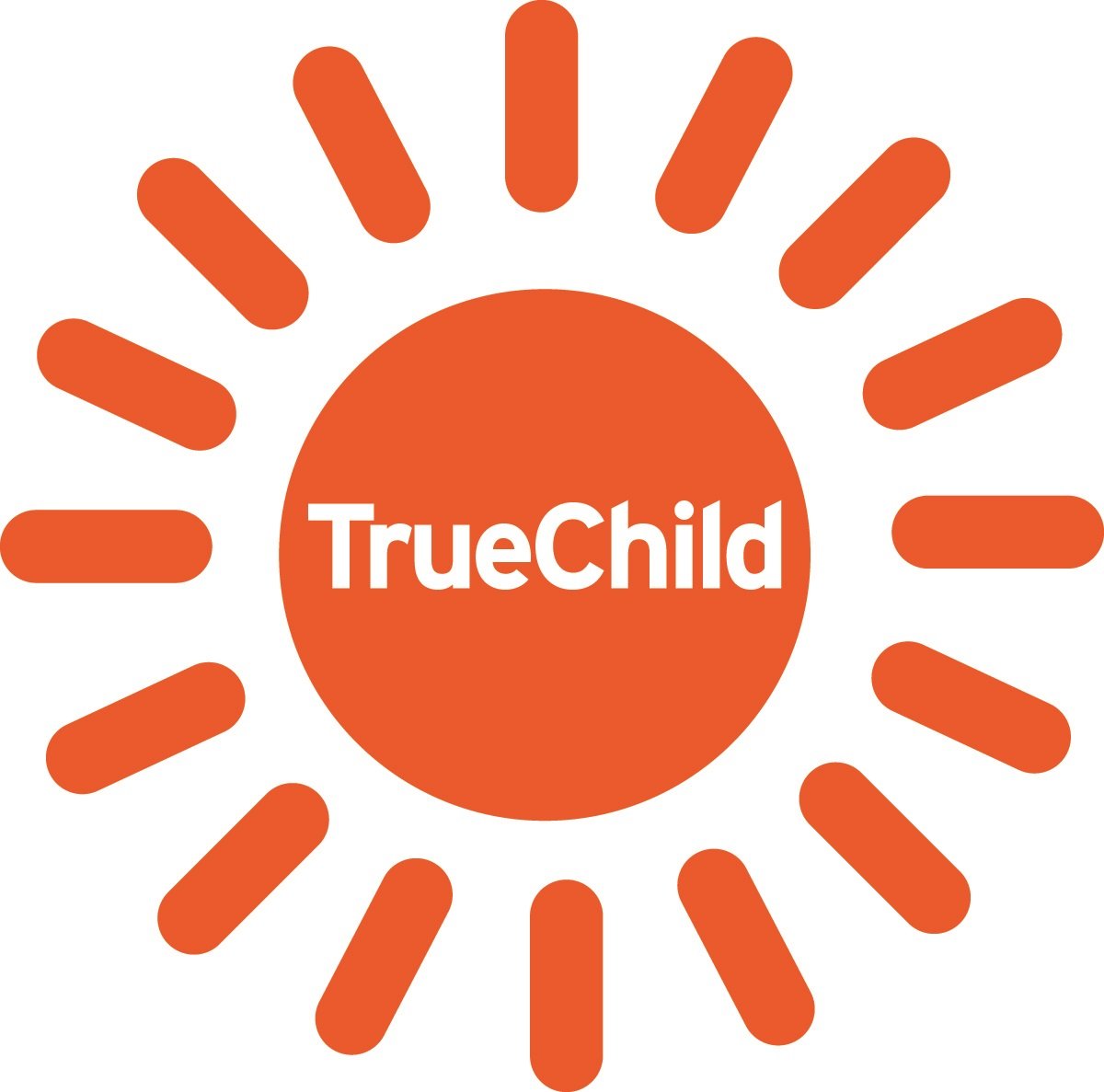Economic Security
Gender+Racial Equity Footprint
Climate justice & Gender justice
gender-informed giving
Economic Security
Homophobia & Teen Suicide
juvenile justice, race & Gender
MINNESOTA: A State gender Survey
More effective FuNDING: A Guide
Science & Math (STEM)
School Push-outs
SEX TRAFFICKING & MASCULINITY
Young Black Men
Young Black Women
Young Latinas (Jovenas Latina)
Young Jewish Women
Transgender Violence
Women: The Global South
Pathways Out of Poverty
High rates of poverty among US women and children make it imperative for funders to continue seeking out, and supporting, new and innovative pathways out of poverty. Yet funders are seldom challenged to find new and innovate approaches to economic justice. Philanthropic attention continues to focus most on initiatives that promote things like financial literacy, skills building, job creation, and improved education.
Empowerment Model
All of these areas are important pieces of the puzzle. Yet they are all based on a set of tacit assumptions which are seldom made explicit, including that women and girls are:
Autonomous actors;
Making logical decisions based on the information at hand; and,
Able to take action to put their decisions into effect.
For shorthand, these might be assumptions collectively known as the Empowerment Model. But what if they turn out be untrue? Or only true in very narrow circumstances?
Adolescent Realities
To begin with, these assumptions certainly don’t describe the realities of many young women and girls in low-income communities.
Such women are less likely to be able to take action as solitary individuals, and more likely to be enmeshed in the complex social networks and contexts most adolescents need to survive, particularly in impoverished communities. They are also likely to have extensive family obligations and daily responsibilities, from taking care of younger siblings and infirm grandparents to helping with chores or bringing in needed extra income.
Adolescents in particular are as likely to base economic decision-making at least in part on emotion as on cold, logical assessments of the data, including being driven by how they want to be seen, the demands of boyfriends, and what is considered popular among their peers. Even when they do make good economic decisions, young women and girls are unlikely to have anything like full agency to take action on their own behalf.
One Parent's Story
For instance, consider this parent’s story from the Women’s Foundation of Minnesota’s 2014 report, On the Road to Equality:
Our daughter was one of the top welders in her junior-high school program and would have been very successful in that field, but she wasn't encouraged by us as parents or people in construction. Why not? Because she would have had to struggle for acceptance by men in that field, and they would not be welcoming. So, she’s not in that career. Even though they may have the skills, women have to always fight that battle
This girl had training, opportunity, and resources, but that wasn't enough to move her into the high-paying field she was trained for and for which her skills entitled her. Certainly they did not secure economic security for her.
The World Bank
What held her back? And what might this tell us about the Empowerment Model? One answer might come from considering a new initiative at the World Bank to address situations like these. Click here to read the full report on why the empowerment model of funding isn't working and what we can do to fix it.

